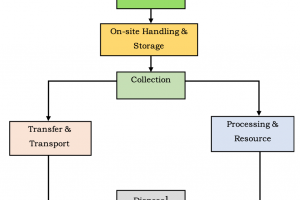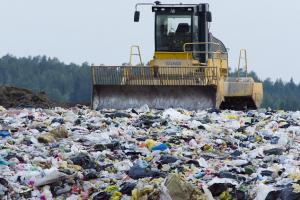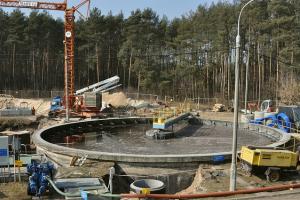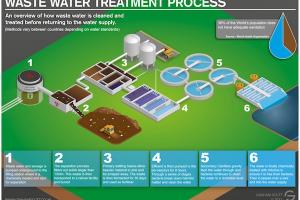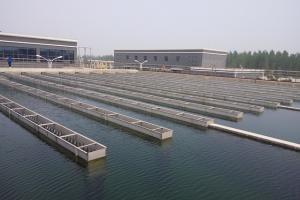Factors Affecting Selection of Sewage / Waste Disposal Methods
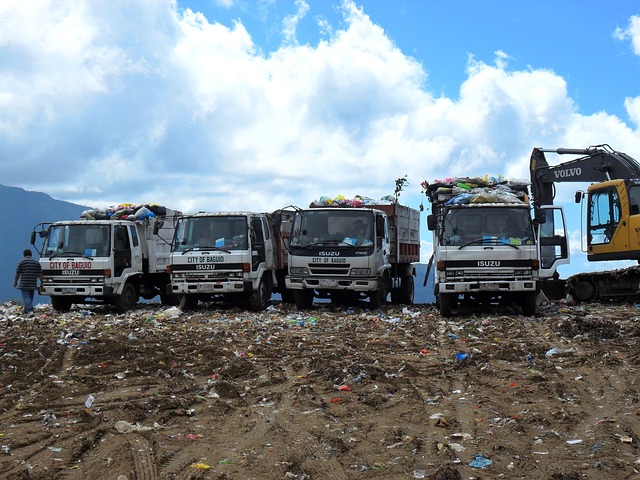
Factors Affecting Selection of Waste Disposal Method
The selection of a method for sewage disposal is influenced by various factors that need to be considered. These factors can vary depending on the specific location, regulations, infrastructure, and environmental conditions. Here are some key factors that affect the selection of a sewage disposal method:
Population Density:
The density of the population in a particular area plays a significant role in determining the sewage disposal method. In densely populated urban areas, centralized sewage treatment plants connected to a network of sewer lines are often more practical and efficient. On the other hand, in rural areas with low population density, decentralized systems like septic tanks or composting toilets may be more suitable.
Infrastructure Availability:
The existing infrastructure, including sewer lines, treatment facilities, and water bodies, can influence the choice of sewage disposal method. If a well-developed sewer system is already in place, it may be more cost-effective to connect to a centralized treatment plant. In areas lacking infrastructure, decentralized systems like septic tanks or lagoons might be the only viable options.
Environmental Considerations:
Environmental factors, such as the proximity to sensitive ecosystems, water bodies, or areas prone to flooding, need to be carefully assessed. For example, if the sewage disposal site is near a protected marine habitat, it may be necessary to implement advanced treatment processes to ensure minimal impact on the environment.
Water Availability and Reuse Potential:
In regions with limited freshwater resources, the potential for reusing treated wastewater for non-potable purposes like irrigation becomes an important consideration. This can reduce the strain on freshwater sources and provide a sustainable solution for wastewater management.
Regulatory Requirements:
Local regulations and standards dictate the permissible levels of contaminants and pollutants in the treated effluent. The chosen sewage disposal method must comply with these regulations to protect public health and the environment. For instance, some areas may require tertiary treatment processes before discharging wastewater into water bodies.
Cost and Affordability:
The financial aspect is a crucial factor in selecting a sewage disposal method. The costs associated with infrastructure development, operation, and maintenance should be considered. In some cases, decentralized systems like septic tanks or composting toilets may be more affordable and practical, especially in remote areas.
Climate and Geography:
Climate and geography influence the efficiency and effectiveness of sewage disposal methods. For instance, areas with high rainfall may face challenges with septic systems due to groundwater saturation or flooding. In such cases, alternative methods like sewage treatment plants or lagoons that can handle large volumes of water may be more suitable.
It is important to assess and consider these factors comprehensively when selecting a sewage disposal method to ensure a sustainable, cost-effective, and environmentally sound solution for wastewater management in a given location.




